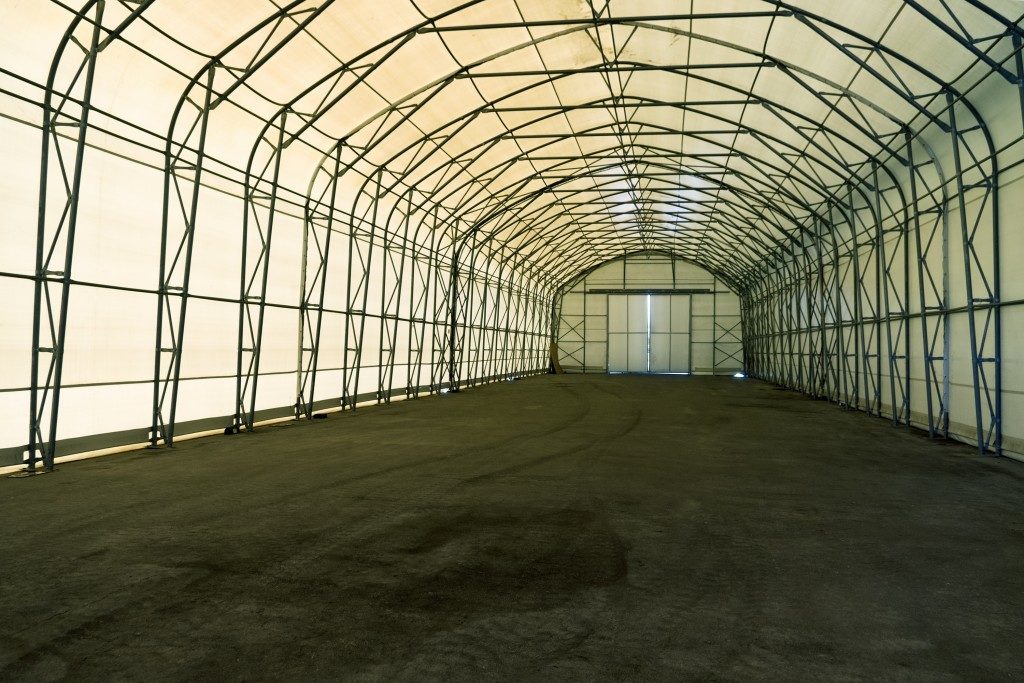Fabric shelters are structures designed to withstand extreme conditions even without traditional building materials such as brick and concrete. Apart from being easy to install and transport, fabric shelters have a lot of uses. In fact, they are used in many types of industries, as illustrated by the different kinds of shelters available, such as port container shelters and dome shelters.
There are lots of industries that would benefit from fabric shelters. Here are some of its main advantages:
1. Portability
Unlike a solid brick-and-mortar building, you can take a fabric shelter virtually anywhere. A fabric shelter is made of a lightweight frame and the fabric system itself. Even in applications that require a concrete foundation, a fabric shelter can still be easily disassembled and relocated.
2. Cost-effectiveness
A fabric shelter is cheaper to construct than a conventional building. And in temporary operations, constructing a building is not a viable option. Moreover, the transport costs of materials or people are lessened if they are already present on-site.
3. Versatility
Fabric shelters have a wide variety of uses, which we will talk about later. They can be used in a lot of industries, such as engineering, construction, manufacturing, maintenance, research, and more.
4. Time-saving
If you use a fabric shelter, you can save months or years of construction time since fabric shelters take only days or weeks to complete.
5. More Space
A fabric shelter does not need pillars, posts, columns, or beams to support itself. Hence, there is more useable space inside the construction.
6. Durability

Fabric shelters are designed to withstand extreme conditions, such as heavy snow and strong winds. Moreover, they are expected to last for decades in both temporary and permanent operations.
The Uses of Fabric Shelters
Due to the benefits of using a fabric shelter, many businesses from various industries use them in applications, such as:
1. Warehousing and Storage
Due to the vast amount of space that fabric shelters provide, they can be used as a large-scale warehousing or storage facility for materials like vehicles, equipment, supplies, and inventory.
2. Housing and Hygiene
In temporary operations or remote camps for mining and research, a fabric shelter can serve as a housing and hygiene facility. Due to its ability to withstand extremes of temperature, workers can rest safely and comfortably in a fabric shelter.
3. Operations
Finally, a fabric shelter is an inexpensive building to house operations that can range from vehicle maintenance to exploration and mining. And because fabric shelters are portable, durable, and safe, it’s the number one option for businesses that have non-permanent and varying operation sites. Moreover, since fabric shelters don’t take long to construct, it is also advantageous when it comes to time-sensitive jobs.
Fabric shelters have numerous benefits and serve a variety of functions. In modern engineering, they have an advantage against conventional concrete buildings when you consider diversity and efficiency. If you think your business can benefit from a fabric shelter, talk to an engineer or a reputable supplier and installer of such structures in your area.

